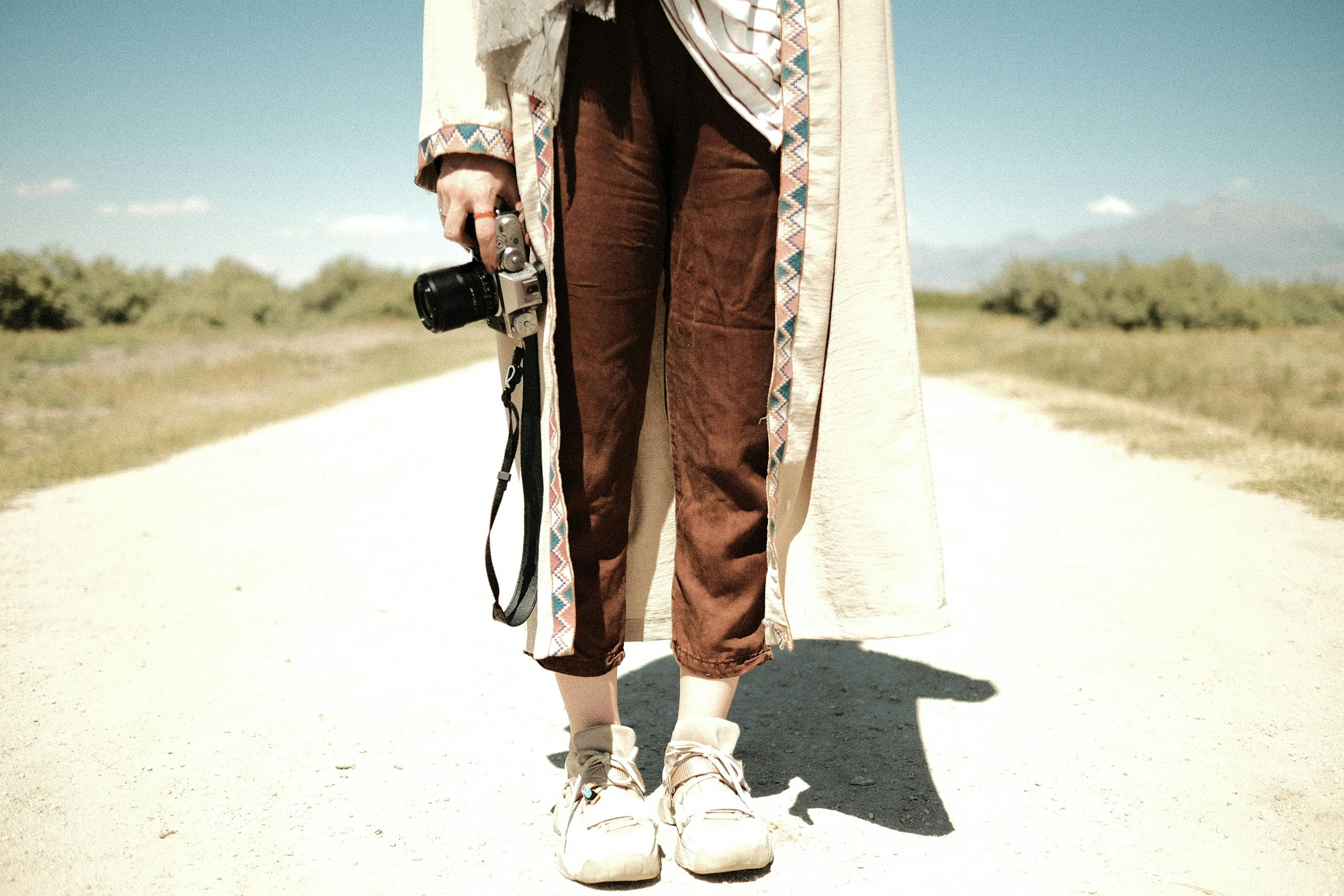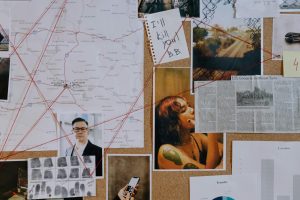Courtroom Sketch Artists: Capturing Justice in Real Time
Courtroom proceedings have always been a fascinating subject, filled with intensity, drama, and real-life implications. And while cameras may not be allowed in most courtrooms, there is still a way to capture the essence of a trial: through the art of courtroom sketching. These talented artists are masters at recording the most compelling moments of a case in real time, providing a unique and important perspective on the American justice system. In this article, we will take a closer look at courtroom sketch artists, their role, and their impact on our understanding of the law and its proceedings.
The Art of Courtroom Sketching
Courtroom sketching is the practice of creating drawings or illustrations of court proceedings. These sketches are then used by the media as visuals to accompany news stories about trials and other legal events. The practice dates back to the late 1800s, but it gained widespread popularity in the 20th century as television cameras were not yet allowed in courtrooms.
While a photograph can capture a single moment in time, courtroom sketches are unique in their ability to depict the entire sequence of events. By using a combination of speed, accuracy, and artistic skill, courtroom sketch artists are able to capture the emotions and interactions of those in the courtroom, conveying a sense of the drama and tension that can’t be captured by a camera.
The Role of the Courtroom Sketch Artist
Courtroom sketch artists play an important role in our understanding of the legal system. They are responsible for accurately depicting the people, evidence, and key moments of a trial, making it easier for viewers to understand the facts and the story being told in the courtroom. The sketches also serve as a historical record, preserving the events of a trial for future generations.
Another crucial role of the courtroom sketch artist is to provide visuals when cameras are not allowed in courtrooms. While some trials are now televised, many high-profile cases still do not allow cameras, leaving the role of the sketch artist as the only means for the public to see what is happening in the courtroom.
The Process of Courtroom Sketching
The process of courtroom sketching requires a unique set of skills. Sketch artists must have a deep understanding of human anatomy, as well as the ability to draw quickly and accurately. They must also have a keen eye for detail, as they are tasked with capturing not only the physical appearance of those in the courtroom, but also their mannerisms, posture, and interactions with others.
Before a trial, sketch artists will typically do their research, reading up on the key players and the case itself. They may also attend pre-trial hearings and proceedings to get a better sense of the layout of the courtroom and the behavior of the individuals involved.
During the trial, sketch artists are usually seated in a designated area in the courtroom where they have a clear view of the proceedings. They will often have a variety of art supplies on hand, such as pencils, pens, and watercolors, to create their sketches.
The Challenges of Courtroom Sketching
Courtroom sketching is not without its challenges. The fast-paced nature of court proceedings means that sketch artists must work quickly and efficiently in order to capture all the important moments. This can be difficult for even the most skilled artists.
In addition, sketch artists must also navigate the limitations imposed by the courtroom. For example, lighting and seating arrangements may not be ideal, making it difficult to see or draw certain individuals or details. Also, some judges may have strict rules on what can and cannot be sketched, such as the exclusion of certain evidence or witnesses.
The Impact of Courtroom Sketching
While the practice of courtroom sketching may seem small in comparison to other aspects of the justice system, it has had a significant impact on our understanding of the law and its proceedings. The sketches provide a window into the courtroom, allowing the public to see and understand the events as they unfold.
Moreover, courtroom sketches have also played a role in shaping public opinion. For example, the sketches of key figures in the O.J. Simpson trial, such as Judge Lance Ito and prosecutor Marcia Clark, have become iconic and have, in some ways, influenced how these individuals were perceived in the media.
The Future of Courtroom Sketching
With technology constantly evolving, there has been some discussion about the future of courtroom sketching. Some believe that as cameras become more prevalent in courtrooms, the role of the sketch artist will become obsolete. However, others argue that the unique perspective and artistic interpretation provided by sketch artists cannot be replicated by cameras.
Furthermore, courtroom sketching has also expanded to include coverage of proceedings such as congressional hearings, making the role of the sketch artist more relevant than ever.
In Conclusion
Courtroom sketch artists are an integral part of the way we understand the legal system. They provide a unique and important perspective on trials and other legal events, capturing the essence of each case in real time. Through their work, we are able to see the human side of the law and gain a deeper understanding of our justice system.









